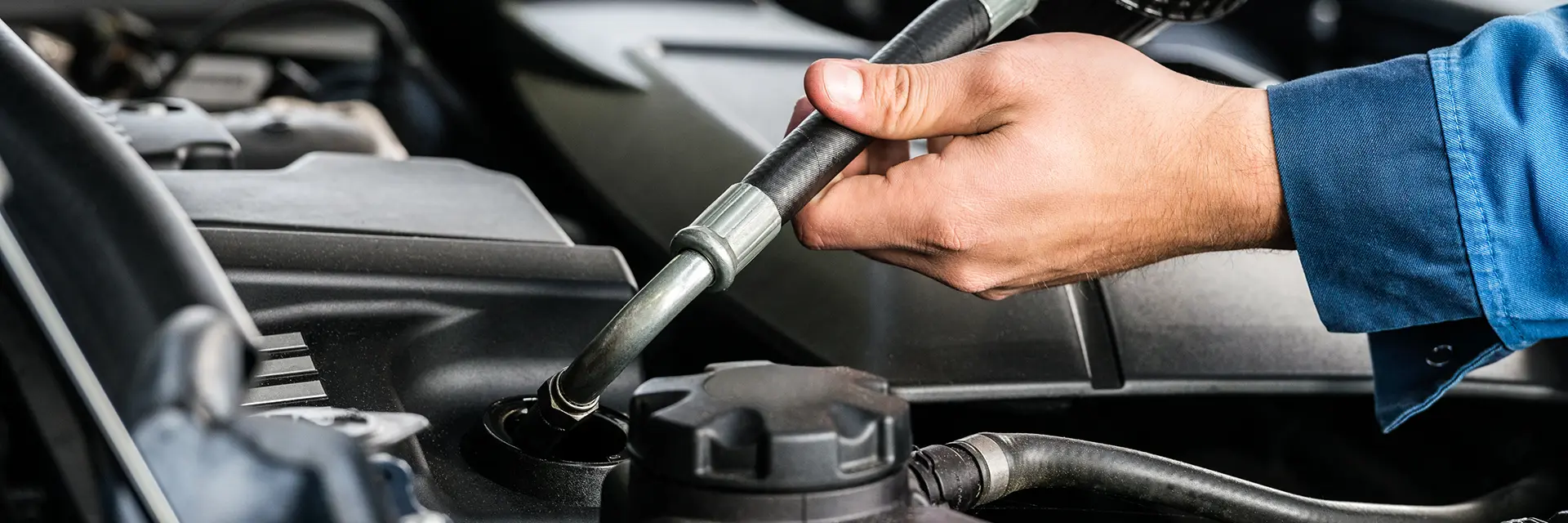Can I Drive with the Oil Pressure Light On?
No, it is not safe to drive with the oil pressure light on. The oil pressure light is a crucial indicator on your vehicle's dashboard that alerts you to potential problems with the engine's lubrication system. Ignoring this warning light or driving with it illuminated can have serious consequences for your engine's health and overall safety. In this detailed guide, we'll explore what the oil pressure light signifies, why it might come on, what you should do if it illuminates while driving, and how to prevent oil pressure issues in the future.
Understanding the Oil Pressure Light
The oil pressure light typically resembles an oil can or a dripping oil symbol. Its purpose is to alert you when the engine oil pressure drops below a safe level. Adequate oil pressure is essential because it ensures that engine components are properly lubricated and cooled, preventing friction and heat buildup that can lead to engine damage..
Why Does the Oil Pressure Light Come On?
Several factors can cause the oil pressure light to illuminate, but the primary cause is when the oil drops below a safe level:
- Low Oil Level: If your engine is low on oil due to leaks, consumption, or neglecting regular oil changes, it can result in reduced oil pressure.
- Oil Pump Malfunction: The oil pump is responsible for circulating oil through the engine. A malfunctioning oil pump can fail to maintain adequate oil pressure.
- Oil Filter Blockage: A clogged oil filter can restrict oil flow, leading to decreased oil pressure.
- Engine Wear or Damage: Internal engine wear, such as worn bearings or piston rings, can cause a drop in oil pressure.
- Faulty Oil Pressure Sensor: Occasionally, the oil pressure light may illuminate due to a malfunctioning oil pressure sensor, although this is less common.
Can You Drive with the Oil Pressure Light On?
- Engine Damage: Low oil pressure can lead to inadequate lubrication, causing increased friction and heat within the engine. This can result in accelerated wear of engine components, such as bearings, crankshaft, and camshaft.
- Risk of Engine Seizure: Continued driving with low oil pressure may eventually cause the engine to seize or fail completely. Severe engine damage can lead to costly repairs or even necessitate engine replacement.
- Loss of Control: If engine damage occurs while driving, it can lead to sudden loss of power, steering control, or braking ability, posing a significant safety risk to you and other road users.
What Should You Do If the Oil Pressure Light Comes On
If you notice the oil pressure light illuminate while driving, take the following steps:
- Pull Over Safely: As soon as it's safe to do so, pull over to the side of the road and turn off the engine immediately. Continuing to drive with low oil pressure can worsen engine damage.
- Check Oil Level: Use the dipstick to check the engine oil level. If it's low, add oil as needed to bring it up to the recommended level. Be cautious not to overfill.
- Inspect for Leaks: Check for signs of oil leaks under the vehicle, such as puddles or dripping oil. Address any leaks promptly to prevent further oil loss.
- Restart the Engine: After adding oil or if the oil level appears adequate, start the engine and observe if the oil pressure light remains illuminated. If it stays on, do not continue driving.
- Tow to a Mechanic: If the oil pressure light persists or if you suspect engine damage, arrange for your vehicle to be towed to a qualified mechanic or automotive service center for diagnosis and repairs
How to Prevent Oil Pressure Issues
Regular maintenance is key to preventing oil pressure problems:
- Follow Maintenance Schedule: Adhere to your vehicle manufacturer's recommended oil change intervals and use the correct type of oil as specified in your owner's manual.
- Monitor Oil Level: Check your engine oil level regularly, especially before long trips or after extended periods of driving.
- Address Leaks Promptly: If you notice oil leaks, have them inspected and repaired promptly to prevent loss of oil and subsequent low oil pressure.
- Service Oil Filter: Replace the oil filter as recommended during oil changes to ensure unrestricted oil flow.
The oil pressure light is not something to ignore or take lightly. Driving with the oil pressure light on can lead to severe engine damage and compromise your safety on the road. It's essential to address the issue immediately by checking oil levels, inspecting for leaks, and seeking professional assistance if necessary. By staying vigilant and proactive about oil maintenance, you can ensure your engine operates smoothly and reliably for years to come.
In conclusion, if you see the oil pressure light illuminate while driving, treat it as a serious warning and take appropriate action to protect your vehicle and yourself. Your prompt response can prevent costly repairs and ensure continued safe operation of your vehicle.


